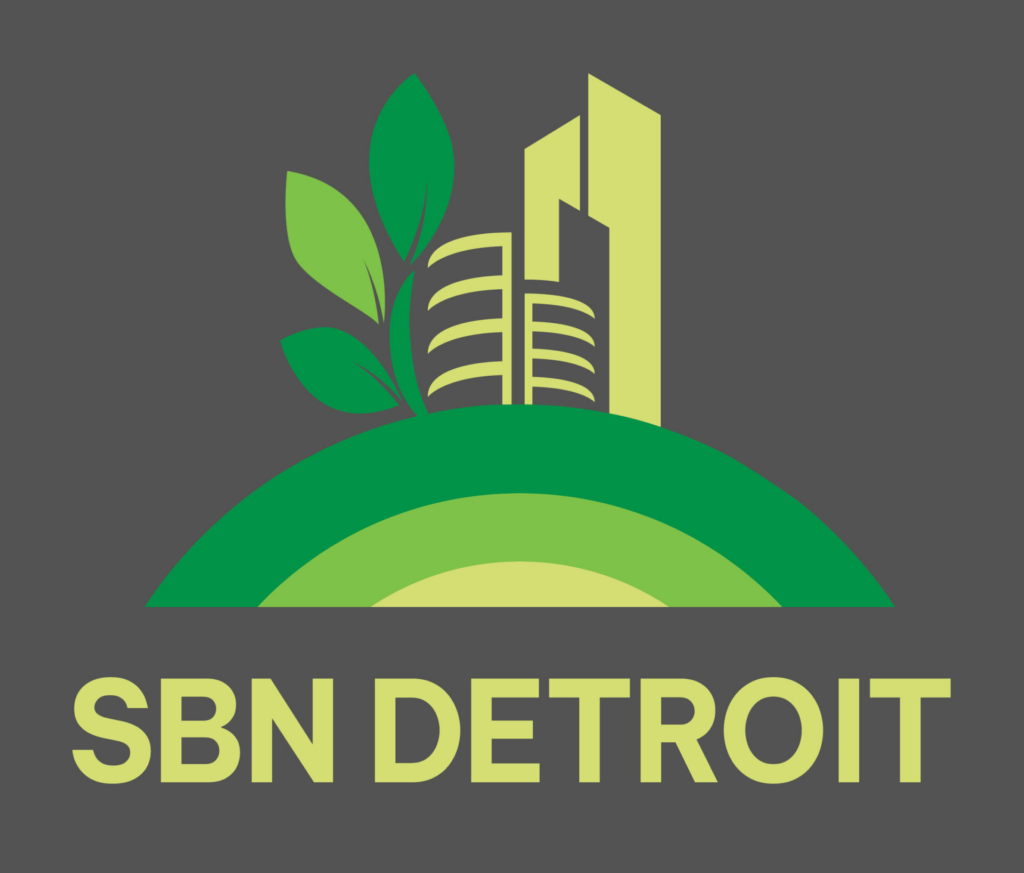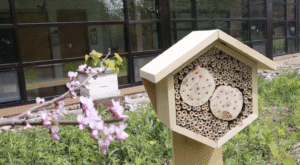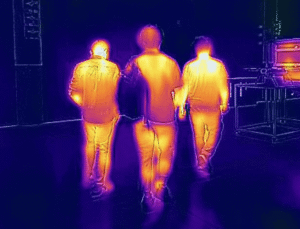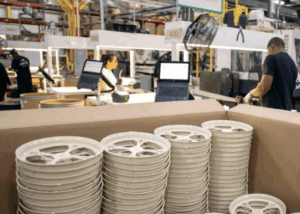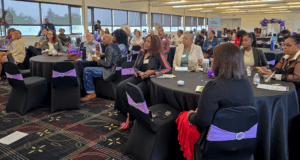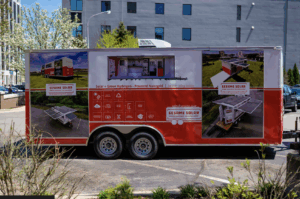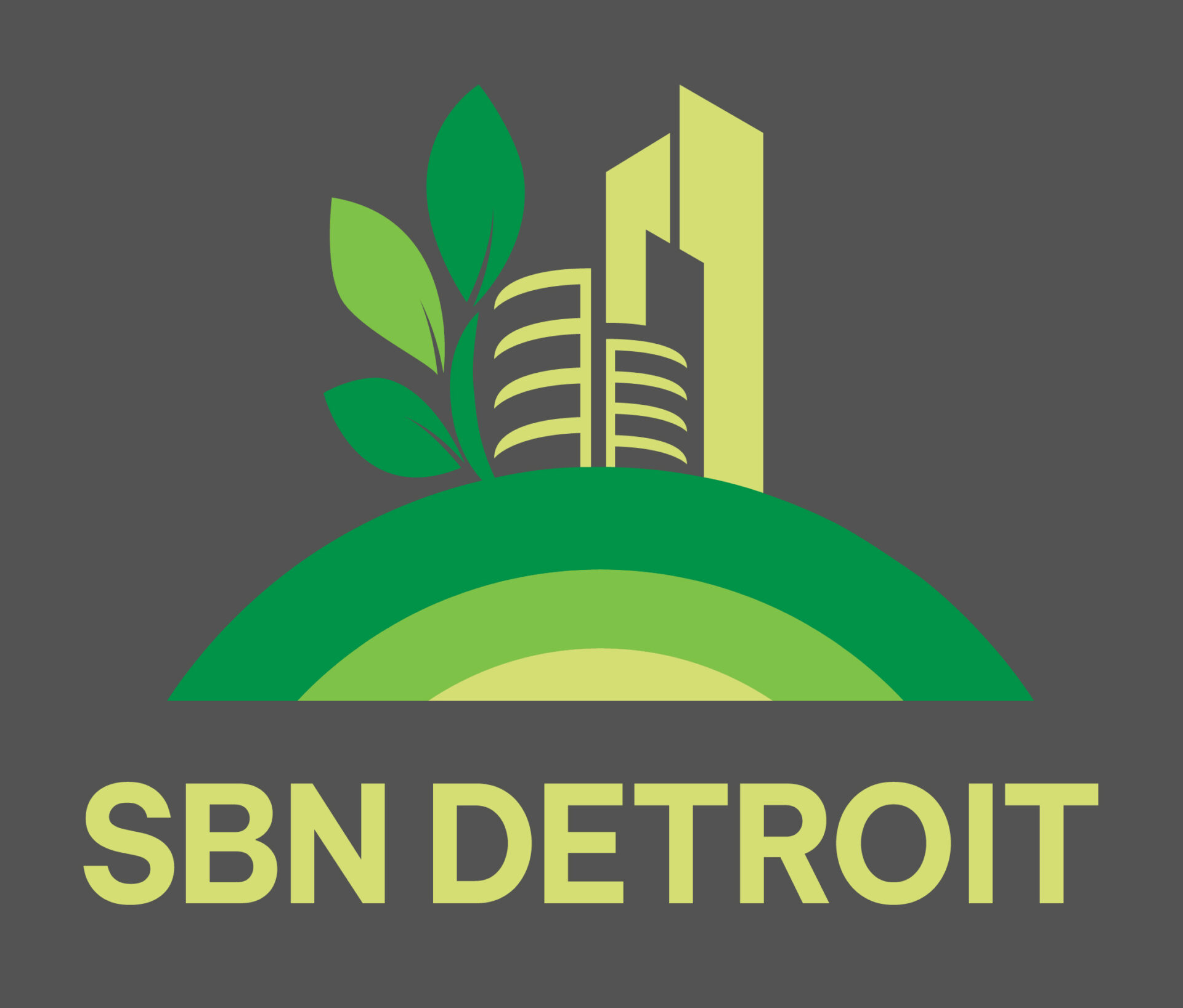
- Kim Kisner
- Business
- 10/29/2024
CIS: Conservation, Community Engagement, and Collaboration are Key
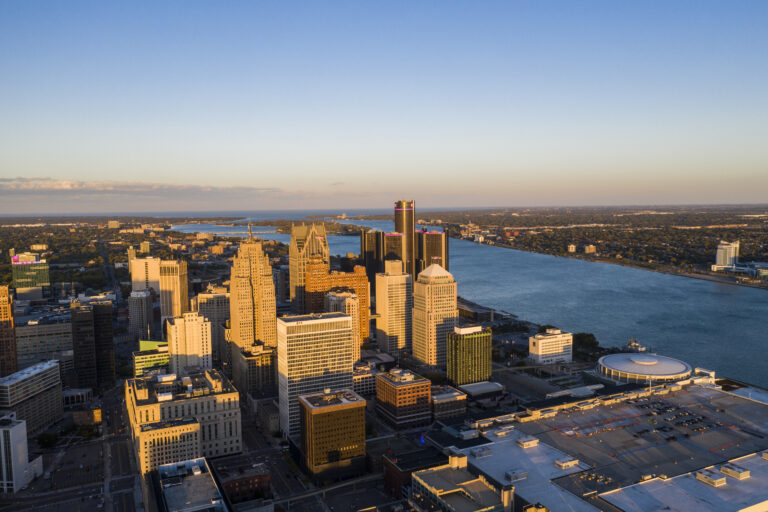
Ann Arbor-based CIS was founded in 2013 by Corvias, a Rhode Island-based company that provides infrastructure services to the military, state and local governments, and higher education. In 2023, it was spun off as an independent company whose services center on solving the complicated challenges of outdated and ineffective stormwater infrastructure.
SBN Detroit interviewed the company’s CEO, Sanjiv K. Sinha, Ph.D., and Sri Vedachalam, Ph.D., Senior Director of Water Equity and Climate Resilience, about two recent projects – an advisory and research project focused on coastal conservation for The Nature Conservancy, a global conservation nonprofit, and an analysis of Great Lakes Regional Poll (GLRP) data for a binational federal agency.
Q: What were the primary goals of the coastal conservation analysis services you provided for The Nature Conservancy?
Vedachalam: The main goal of this project was to conduct a comprehensive scoping exercise to identify and understand the key challenges faced by Great Lakes communities in relation to fluctuating water levels, high-energy waves, and climate-induced shoreline erosion. Shoreline erosion in particular is becoming increasingly prevalent due to climate change, and our focus was to assess how these environmental stressors impact both the natural and built environments.
By gaining a clearer understanding of these challenges, our goal is to help surrounding communities become more resilient. This involves preparing infrastructure to withstand the ongoing and future effects of these changes.
Q: What are the key environmental challenges currently affecting coastal areas in Southeast Michigan and the broader Great Lakes region?
Vedachalam: Coastal areas in the Great Lakes region face a variety of interconnected challenges, mainly involving three key components: the lake itself, the shoreline, and the watershed.
Rising and fluctuating water levels, coupled with stronger energy waves, contribute to significant shoreline erosion. These forces can disturb lakebed sediments, which, in turn, impact aquatic organisms and their habitats. In addition, increased rainfall—often intense and unpredictable—introduces higher levels of pollutants and contaminants into the lakes, further exacerbating environmental stress.

The watershed is also heavily affected by these factors, particularly in terms of increased flooding, which places additional strain on both natural ecosystems and human infrastructure. Addressing these challenges requires a multifaceted approach that combines both natural and engineered infrastructure to mitigate damage and enhance community resilience.
Sinha: To add some context, climate change is causing regions around the Great Lakes to experience more rainfall in shorter periods of time, leading to severe issues such as flooding and water quality challenges such as algal bloom in western Lake Erie. The frequency and intensity of these rain events are increasing, which complicates regional water management.
As an example of changed rainfall, based on 1992 estimates, a hundred-year storm in Detroit used to be 4.4 inches of rainfall, while in 2019, a similar storm produced 5.2 inches—an additional two billion gallons of water. According to SEMCOG, by 2050, storms of this nature could result in 7.7 inches of rainfall, adding another six billion gallons of water.
Preparing communities and infrastructure for such occurrences is essential as we look toward the future. And these massive challenges present an incredible opportunity for the region to grow its economy by deploying capital that leads to local jobs.
Q: Based on this project, what specific actions or solutions is CIS proposing to protect Great Lakes coastal communities?
Vedachalam: It will take a balanced approach that integrates both hard infrastructure and nature-based solutions to address the complex challenges these coastal communities face.
One focus is wetlands, which historically covered vast areas across the Great Lakes region. Over time, urbanization has led to the loss of many of these wetlands, reducing their ability to naturally manage stormwater. So, we need to design infrastructure to help slow down stormwater runoff before it reenters the lakes.
Additionally, we need to stabilize dunes and other natural barriers, which play a critical role in protecting the shoreline from erosion and the impacts of fluctuating water levels. These natural elements act as a first line of defense, mitigating the force of incoming water while preserving ecosystems.
Another critical area of focus is people. It’s crucial to involve residents in these efforts to ensure that the solutions we propose are compatible with how people live and interact with these spaces. Through collaborative efforts with the community, we can foster a sense of ownership and ensure that the projects we implement meet both environmental and societal needs.
Q: What unique opportunities or risks does Southeast Michigan face regarding water management and coastal resilience compared to other areas of the Great Lakes?
Vedachalam: Southeast Michigan presents a unique mix of challenges. Historically, this region was rich in biodiversity, with vast expanses of marshes and wetlands serving as natural buffers against flooding and erosion. However, as the area became more urbanized and industrialized, many of these natural systems were altered or lost. Despite this, there remains a kind of “ecosystem memory,” where there is potential to restore these natural practices and processes in some areas.
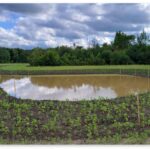
One of the main challenges the region faces is balancing the needs of a highly industrialized and sprawling urban environment with the goal of restoring natural systems. Legacy pollution from past industrial activities continues to pose a risk.
There is growing interest from communities to return to more sustainable, nature-based solutions.
Q: To this end, what is the importance of polling data in understanding public sentiment on Great Lakes water issues?
Vedachalam: Polling data is critical because it allows us to measure public sentiment at a specific point in time and over time. Public sentiment can be dynamic, especially following significant events, much like we see in political polling. Attitudes often shift slowly over time, so conducting annual polls helps track these changes and offers insights into how public perceptions and concerns evolve.
Sinha: The Great Lakes represent a highly complex system, involving eight U.S. states and two Canadian provinces. This vast geographic area makes it essential to carefully assess how public sentiment varies across the region. Polling helps identify which stakeholders hold specific concerns and how these concerns differ by location.
One notable aspect of the Great Lakes region is how well-organized its stakeholders are. Many of these stakeholders, including volunteers, are deeply invested in improving the health of the Great Lakes, which strengthens regional efforts for conservation.
Q: How does all of this impact the economy in Southeast Michigan?
Vedachalam: The Great Lakes directly impact Southeast Michigan’s economy in several ways. Water levels in the lakes affect commerce, particularly shipping, where fluctuations can disrupt the flow of goods. Additionally, flooding and stormwater damage from rising lake levels can have costly consequences for communities, negatively affecting local economies.
Public interest in environmental protection and sustainability has steadily increased. Polling has shown that many people are willing to bear the costs associated with preserving the Great Lakes and shorelines.
Sinha: In Southeast Michigan, collaborative efforts are already underway. SEMCOG’s Green Task Force and regional leaders like Mayor Abdullah Hammoud of Dearborn are working on creative ways to use resources like public lands for environmental and economic benefit.
Taking a leaf from CIS’s playbook, I recommend actively prioritizing the inclusion of local Minority/Women-Owned Business Enterprises (M/WBE) and Disadvantaged Business Enterprises (DBE) in infrastructure investments, recognizing the vital role they play in driving innovation and economic growth. By providing equal opportunities, meaningful partnerships, and a platform for these underrepresented firms, the region can catalyze positive change and contribute to a more equitable and thriving business community.
Coordinating these efforts across the region will be key to achieving a meaningful impact. I am optimistic. Southeast Michigan is a unique region. People connect deeply with the Great Lakes and there is a collaborative spirit to work together toward preservation.
Be sure to subscribe to our newsletter for regular updates on sustainable business practices in and around Detroit.
Kim Kisner
- All
- Business
- Community
- Education
- Events

Schaeffler is a global automotive and industrial supplier with operations in Southeast Michigan, where it works across the region’s manufacturing and supplier network. As sustainability, decarbonization and supply chain resilience become central to how products are designed and sourced, the region’s role in shaping next-generation manufacturing continues to evolve. SBN Detroit interviewed Courtney Quenneville, who oversees supplier sustainability, to discuss the realities of sustainable sourcing, what decarbonizing a...
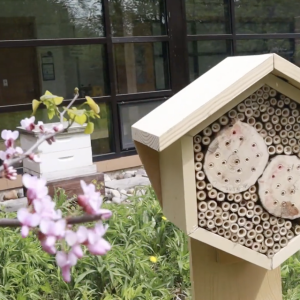
Pollinators are essential to Michigan’s ecosystems, food systems, and long-term environmental resilience — yet they face increasing threats from habitat loss, pesticides, disease, and climate change. As Southeast Michigan looks for scalable, science-based approaches to ecological stewardship, the University of Michigan-Dearborn has emerged as a voice in pollinator conservation, sustainability, and community education. SBN Detroit interviewed Dr. David Susko, Associate Professor of Biology and Chair of Biology in...

ThermoVerse is a Detroit-based urban innovation startup founded by engineer and researcher Shantonio Birch. The company’s work centers on advanced thermal energy storage and people-focused building technologies that reduce waste, stabilize indoor environments, and free up electrical capacity. SBN Detroit interviewed Birch about the future of grid resiliency, energy equity, and why Southeast Michigan is positioned to lead in next-generation smart city innovation. Q: What is the impetus...
